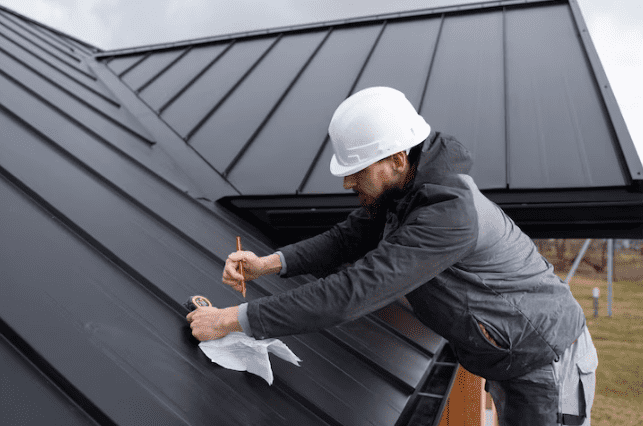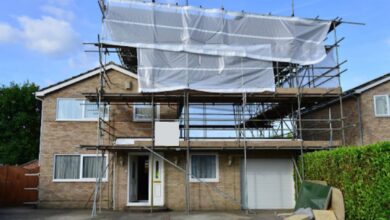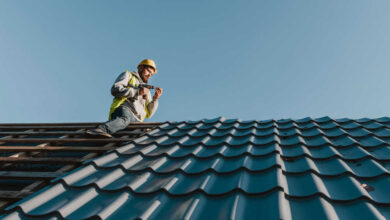The Complete Guide to Inspecting Your Roof

Dry rot is a serious problem that can affect any part of your home, including your roof. Dry rot is caused by a type of fungus that thrives in warm, damp, and humid environments. When left unchecked, dry rot can cause significant damage to your roof and other parts of your home. That’s why it’s essential to inspect your roof regularly for signs of dry rot. Here’s a guide to inspecting your roof for dry rot.
Look for Discolored or Soft Spots
One of the most obvious signs of dry rot on a roof is discoloration or soft spots. Dry rot can cause shingles, tiles, or other roofing materials to become discolored or feel soft to the touch. These areas are weakened by the fungus and are more susceptible to damage from wind, rain, and other environmental factors. When inspecting your roof, walk around carefully and press down on different parts of the roof to check for soft spots.
Check for Cracks or Gaps
Dry rot can cause cracks or gaps to form in roofing materials. These gaps can be a significant problem because they allow moisture to enter the roof, which can exacerbate the problem. When inspecting your roof, look for cracks or gaps in shingles, tiles, or other materials. Use a ladder to get a closer look if needed.
Look for Mold or Mildew
Mold and mildew can be another sign of dry rot on a roof. The fungus that causes dry rot thrives in damp environments, and mold and mildew are both signs of excessive moisture. When inspecting your roof, look for signs of mold or mildew on the surface of the roof or in the attic. If you find mold or mildew, it’s essential to address the problem promptly to prevent further damage.
Check the Flashing
Flashing is the material that seals the joints and edges of the roof to prevent water from entering. Dry rot can weaken the flashing and cause it to crack or separate from the roof. When inspecting your roof, check the flashing for signs of damage. Look for cracks or gaps in the flashing and make sure it’s securely fastened to the roof.
Inspect the Attic
Finally, don’t forget to inspect the attic when checking for dry rot on your roof. Look for signs of moisture, such as water stains on the ceiling or walls. Check the insulation for signs of mold or mildew, and look for any cracks or gaps in the roof that could be allowing moisture to enter.
In conclusion, inspecting your roof regularly for dry rot is an essential part of maintaining your home. By following these tips, you can identify signs of dry rot early and address the problem before it causes significant damage. If you’re not comfortable inspecting your roof yourself, consider hiring a professional roofer to do the job for you.




